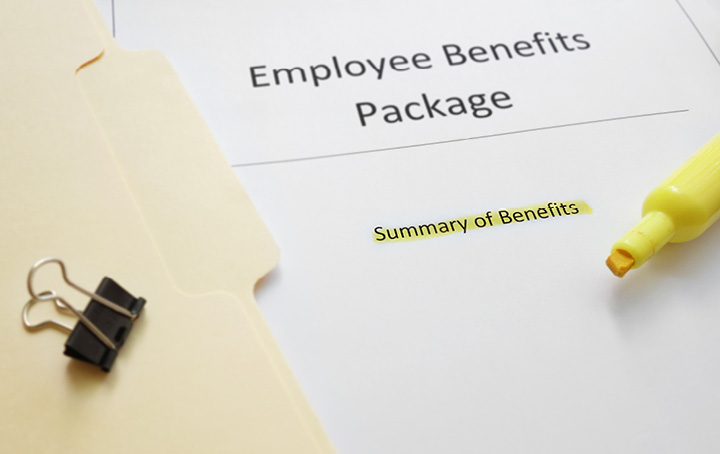FBT season is in full swing with only a month to go until the due date for the lodgement of the return on 21 May 2018. If you haven’t started getting the required information together, now is the time. Remember if you give benefits to any current, prospective or former employees or associates in connection with their current, prospective or past employment, then you may be liable to FBT.
The FBT rate for the 2017-18 FBT year (which runs from 1 April 2017 to 31 March 2018) is 47% and is the equivalent of the top marginal tax rate.
If you’ve combed through your financial records and determined what you don’t need to lodge an FBT return, you must lodge an “FBT non-lodgement advice form” to let the ATO know of your situation.
You’ve provided a benefit – what next?
If you’ve gone through your financial records and determined that you have provided a benefit to an employee, whether past, prospective or present, what do you do next? First, you have to determine the type of benefit you have provided. The most common types of benefit include
- car,
- car parking,
- loans/debt waiver,
- expense payment,
- giving of material goods, and
- entertainment (which includes meal entertainment).
All the above categories have their own special methods for determining the value of the benefit provided. Once the value is determined, an appropriate gross-up rate is applied to work out the taxable value. The taxable value is then multiplied by 47% to determine the FBT payable. Should the FBT payable exceed $3,000, you will need to pay FBT in quarterly instalments in the following year. The quarterly instalments will be based on the previous year’s FBT payable and is aligned with the BAS system.
If you’re a small business – you may be eligible for exemptions
If you’re running a small business (gross income of less than $10m) remember that you may be able to get a FBT car parking exemption provided the parking is not provided in a commercial car park. Small businesses can also provide their employees with multiple work-related portable electronic devices that have substantially identical functions in the same year and all the devices will be exempt from FBT. However, this only applies to devices that are primarily used for work such as laptops, tablets and phones. These exemptions mean that the benefits are excluded from the definition of a fringe benefit and do not need to be included in any calculations.
FBT may seem daunting if you’re attempting to work it out for the first time, and even seasoned campaigners will come across some complex issues they are not quite sure what to do with. Don’t leave it too late! If you need help with the FBT process, contact us first. We can also help you get more time, lodge through us and get an extended due date of 25 June for your return.

